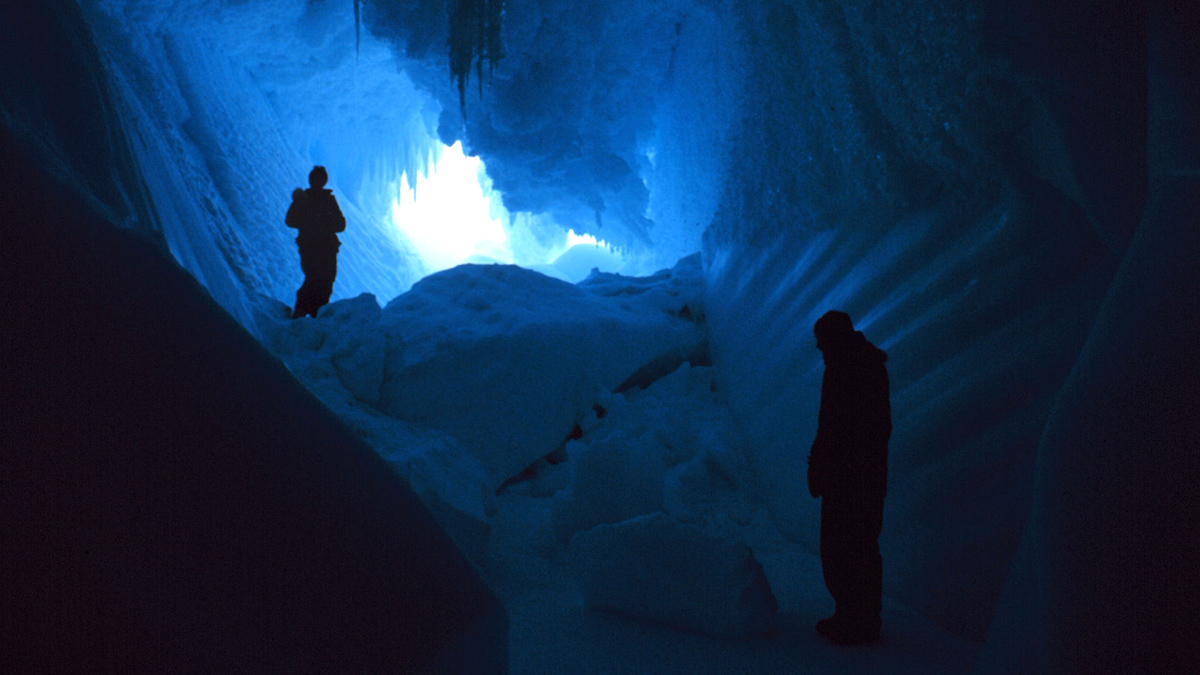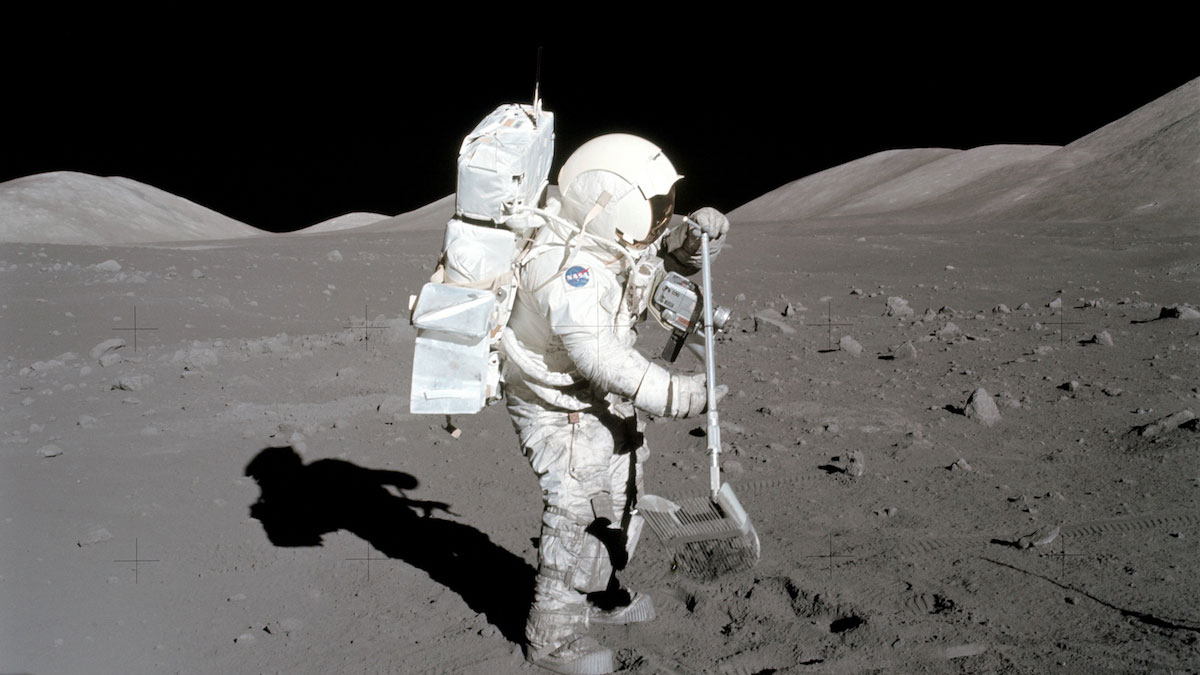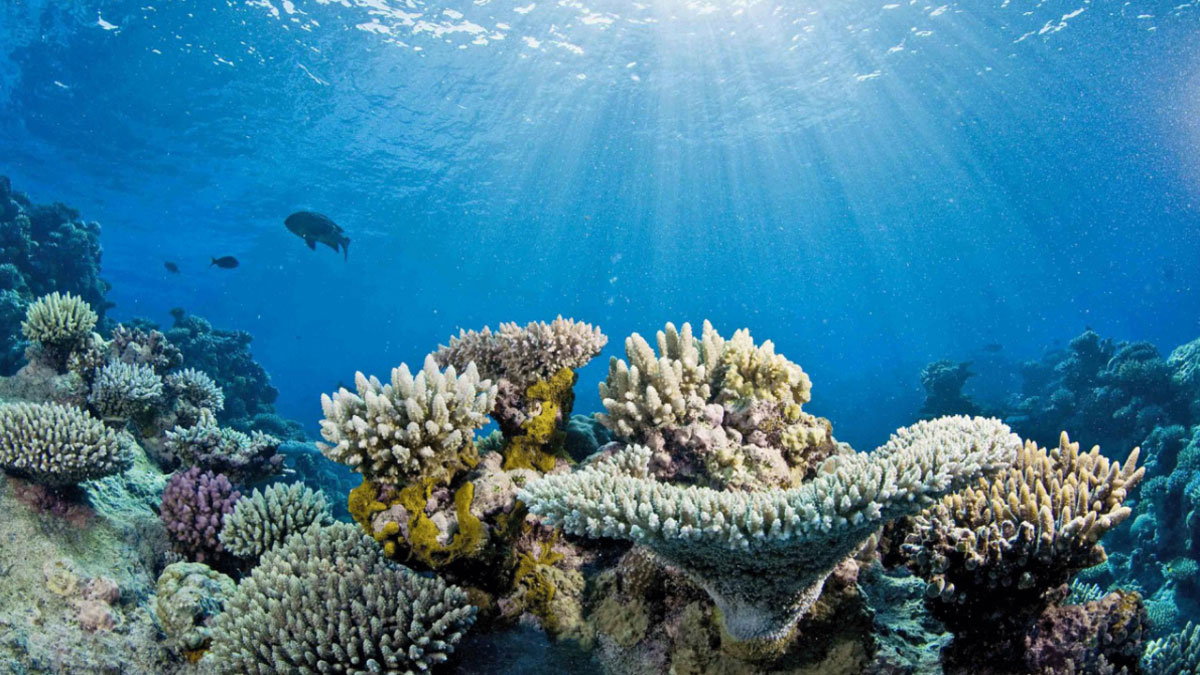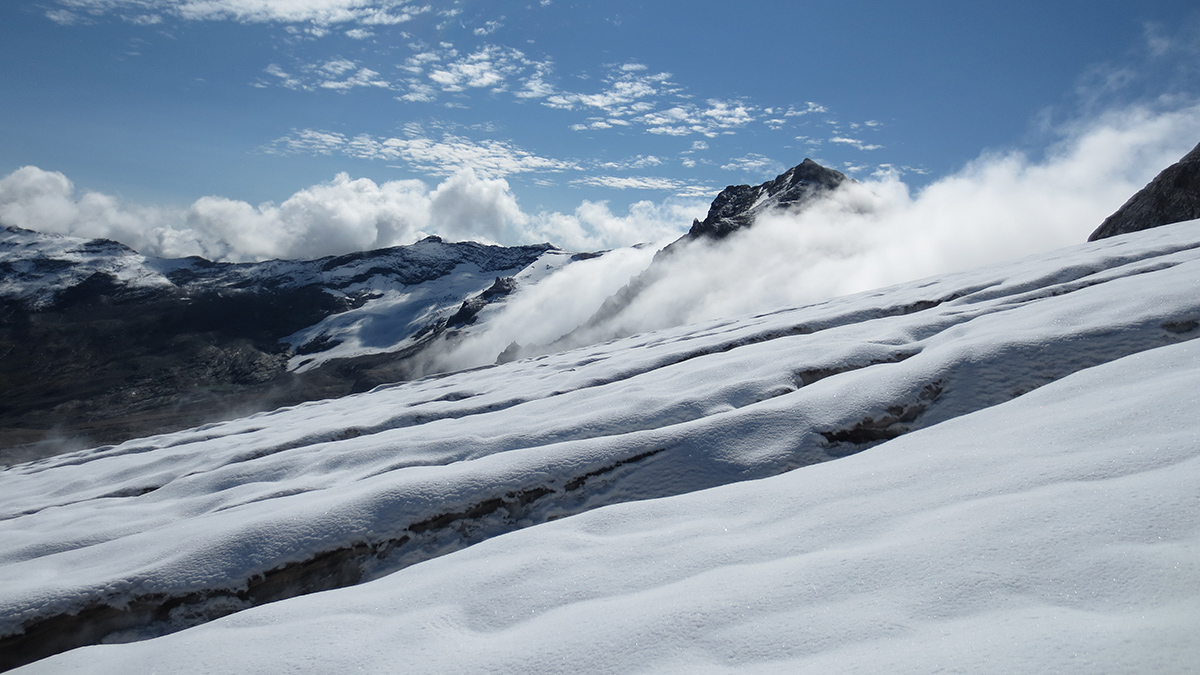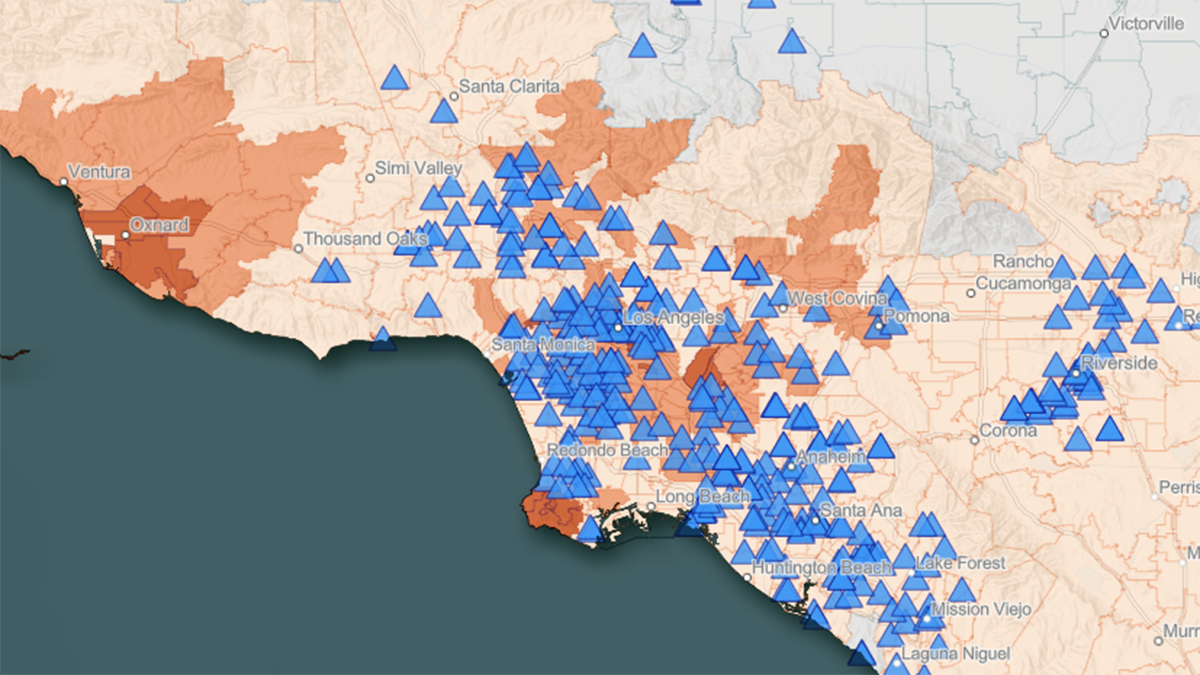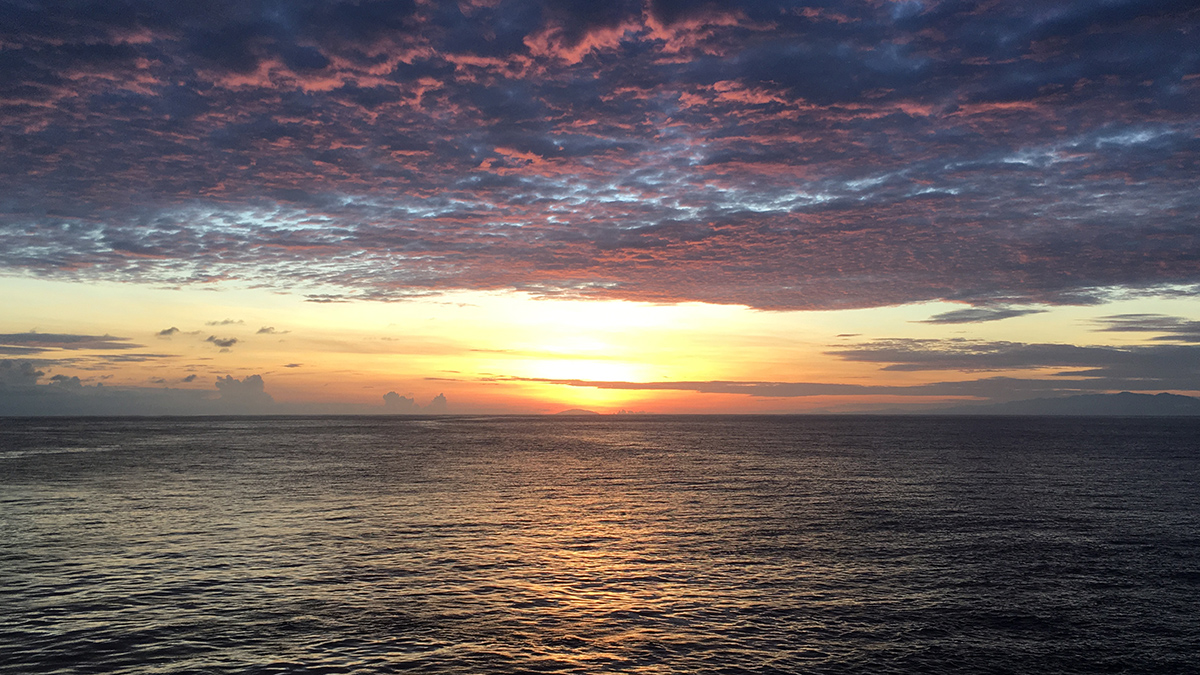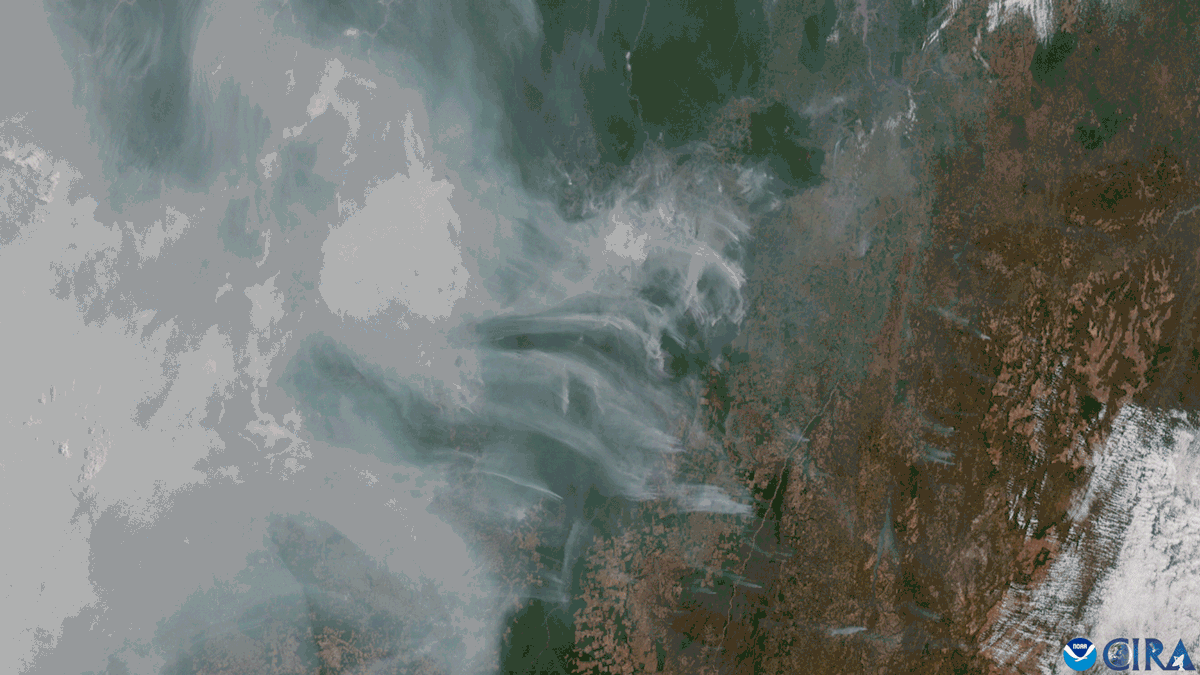Models suggest that clear ice, sourced and distilled on Mars, could offer a feasible alternative for building stable off-world structures.
temperature
Astronauts Could Live in Structures Made from Moon Rocks
Scientists are testing “mooncrete,” a concrete analogue made from lunar regolith, as a potential material to build structures on the Moon.
California Schools Are Feeling the Heat
Even though trees help keep children safe from the Sun, some school districts have lost 25% of their tree canopy in just 4 years.
Could Stratospheric Aerosol Injection Help Save Corals from Bleaching?
New research indicates a well-studied form of climate intervention might at least buy time for many at-risk reefs.
Glaciers Are Warming More Slowly Than Expected, but Not for Long
An unprecedented dataset offers insight into the counterintuitive cooling effect of glaciers on a global scale.
New Tool Maps the Overlap of Heat and Health in California
CalHeatScore creates heat wave warnings for every zip code in California, using temperature data, socioeconomic indicators, and the history of emergency room visits, to predict heat-related health risk.
Ocean Tunneling May Have Set Off an Ancient Pacific Cooldown
The ocean’s depths cooled off about 1.5 million years ago, and scientists think watery tunnels from the south may be to blame.
Garment Factories Are Heating Up. Here’s How Workers Can Stay Cool
The solutions are simple, but economic barriers remain high.
Fire, Not Deforestation, Is Now the Amazon’s Biggest Carbon Emitter
Forest degradation in the Amazon increased by 400% in 2024. It was largely driven by wildfires during the forest’s worst fire season in more than 20 years.

